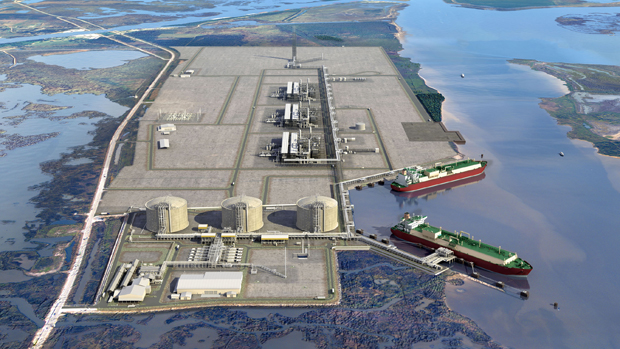Highlights
- Declining gas production and customs issues are limiting Peru’s LNG exports
- Gas producers in Latin America are under pressure from low oil prices
- A surplus of gas means the US and Canada are well placed to meet winter demand
- Canada and Brazil are in recession, which is weighing on industrial gas demand
Economic overview
The possibility that the United States Federal Reserve will raise interest rates in December will cause additional economic pain for several countries in the region.
The bank chose not to raise interest rates in its September meeting, but most of its committee members think rates will be hiked before the end of the year. US GDP grew by 3.9% in Q2 2015 on a quarterly basis, much higher than its 0.6% Q1 expansion. Meanwhile, the country’s unemployment rate dropped to 5.1% in August and September – its lowest level since April 2008. The Federal Reserve has two more monetary policy meetings this year, on 27-28 October and 15-16 December.
Quarterly and annual year-on-year GDP growth rates
| Q4 2014 | Q1 2015 | Q2 2015 | 2015 | 2016 | 2017 | |
| US | 2.5% | 2.9% | 2.7% | *3.1% | *3.1% | *2.7% |
| Canada | 2.5% | 2.0% | 1.0% | *2.2% | *2.0% | *2.0% |
| Mexico | 2.6% | 2.6% | 2.2% | *3.0% | *3.3% | *3.5% |
| Brazil | -0.2% | -1.6% | -2.6% | *-1.0% | *1.0% | *2.3% |
| Argentina | 0.5% | 2.1% | 2.3% | *-0.3% | *0.1% | *0.3% |
The US dollar is strong against key regional currencies, hindering the economic prospects for several countries in the region. The US dollar index – which reflects the currency’s strength against global competitors – has averaged 95.5 so far in October, an increase of 11.3% on an annual basis. This is making fuel imports expensive for countries such as Brazil, Argentina and Mexico. It is also helping to keep oil prices low, which is hurting export revenues for countries exporting the fuel – such as Canada, Colombia and Venezuela.
Brazil and Canada are already in recession, while the economies of other Latin American countries are also weakening. The Colombian central bank raised interest rates by 25 basis points in September, to 4.75%, to control inflation and shore up the Colombian peso, which is falling against the dollar. The weakening economic scenario in Latin America is also deterring upstream oil and gas investment in the region.



